Session outline
Understanding the pathophysiology of spasticity and related phenomena has evolved in recent years. Definitions continue to be refined and reinvented. Despite all of this, consensus and clarity remain limited.
This workshop is a collaborative initiative of the Oxford University Hospitals, University of British Columbia, University of Potsdam and University of Montreal based spasticity experts to design a simple spasticity framework to enhance teaching, research and clinical practice. In this workshop we will describe the Three Cs and describe case based scenarios in its applicability to teaching, research and clinical practice:
- impaired Command,
- dysregulated Control
- Contracture formation.
Impaired Command
The first of the Three Cs refers to impairment of motor Command. We will present the ways in which motor command can be impaired, from damage to sensory-motor integration networks, or to those contributing to consciousness, to focal damage to cortico-spinal tracts. Corticospinal tract damage manifests clinically in paresis, hyperreflexia, and loss of dexterity.
We will discuss ways to characterise impaired motor Command. These will include crude bedside tests such as power grading, but also experimental methods such as motor evoked potentials, TMS or DTI tractography. Treatment for impaired motor Command can be tailored to the underlying damage and may include task training, functional and standard electrical stimulation and non-invasive brain stimulation.
Dysregulated Control
The second of the Three Cs refers to dysregulation of muscle Control. In this section, we will present the latest understanding of how muscle tone is controlled. Muscle tone is understood to be under the control of descending parapyramidal motor pathways, most notably the dorsal reticulospinal tract. Damage to these tracts, mediated through downstream effects on spinal interneurons, results in the pathological release of spinal reflex arcs, most familiarly the stretch reflex. Associated clinical phenomena include the classically described positive features of the upper motor neuron syndrome, such as spasticity, spasms, associated reactions and clonus.
The advantages and disadvantages of crude bedside testing of dysregulated Control including standardised measures such as Modified Ashworth Scale and Tardieu Scale will be discussed. The use of surface EMG and experimental methods such as TMS, DTI tractography and acoustic startle reflex will be explored.
Treatment of dysregulated Control may include task training, stretch, botulinum toxin, neuroablation and selective surgical neurectomy.
Contracture formation:
The final of the three Cs is Contracture formation. We will explore how the coarsening of muscle and soft tissue is more complex than generally appreciated. We will share the latest science on the pathophysiology of muscle and soft tissue changes and offer challenges to myth around contracture formation. We will suggest diagnostic and quantification techniques for these changes and present evidence on current and experimental treatment modalities.
Potential utility of the Three Cs:
This framework has a number of potential uses. It could help to refine research efforts to optimise existing and develop new treatments. It could also help to strengthen clinical management algorithm to better reflect the latest science. Lastly, it could provide the basis on which to develop a spastic motor disorder teaching curriculum.
Learning outcomes
- To explore the need for a new framework of understanding of spasticity and related phenomena:
- Outline and discussion of strengths and weaknesses of currently used definitions and frameworks.
- Presentation of latest advances in understanding the pathophysiology of common clinical phenomenology such as spasticity, paresis and contracture.
- To consider a novel framework of spastic motor disorder.
- To explore utility of this framework including a case journey showing use of the framework in managing spasticity in clinical practice
- To consider application of the framework to aid research and teaching.
- To discuss and share ideas about outstanding research questions and directions.
Target audience
- Medical practitioners
- Residents
- Students
- Allied health practitioners
- Nurses



